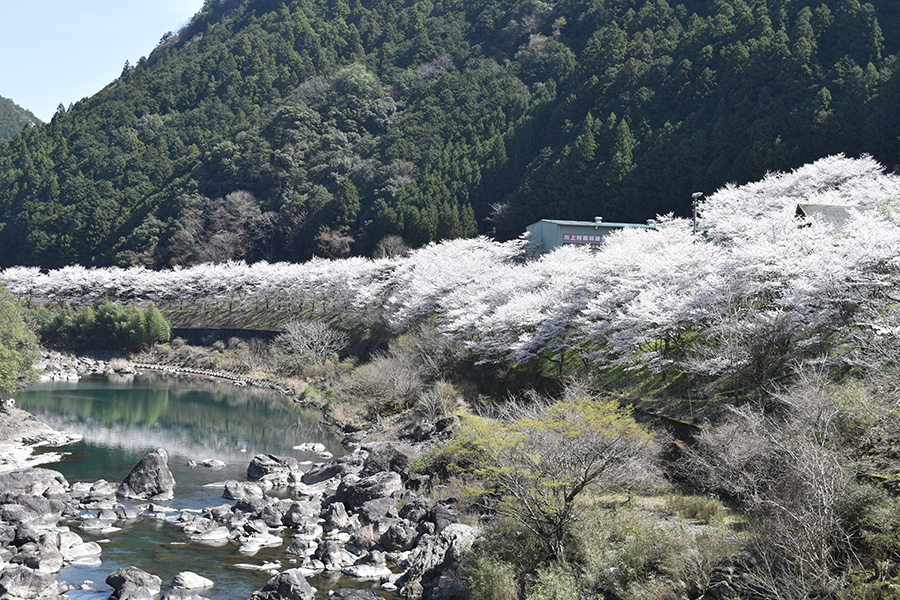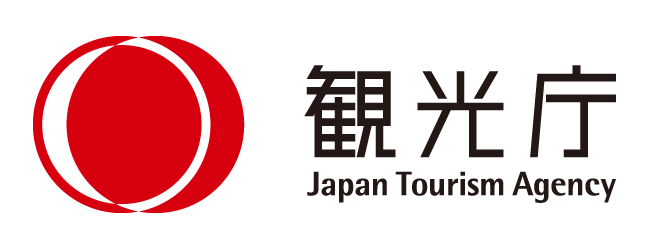Yoshino Cherry Blossoms in Kawakami

The flowering cherry trees of Mt. Yoshino have been praised by poets, religious ascetics, and travelers for over a millennium. They first appeared in the Kokin wakashū, a poetry anthology completed around 905. The area’s fame for cherries has increased ever since. Mt. Yoshino is so closely associated with cherry trees that a new hybrid species identified in the late nineteenth century was confusingly named the “Yoshino cherry” despite having no ties to the area.
In actuality, the most common cherry in the Yoshino area is the mountain cherry(yamazakura). Its abundance is attributed to a local legend. In 671, a priest and mystic named En no Gyōja (634–c. 701) had climbed Mt. Kinpu to pray for divine aid in his work to save the suffering. One by one, Shakyamuni (the historic Buddha), Miroku (the future Buddha), and Thousand-Armed Kannon (the bodhisattva of compassion) appeared before him. Thinking such gentle deities would not be sufficient, Gyōja continued praying. Suddenly, the cliff rumbled, thunder crashed, and lightning split the sky. From a cleft in the rock stepped a terrifying figure wreathed in flames. It was Zaō Gongen, a divine avatar that embodies the combined might of all three deities.
To honor Zaō Gongen, Gyōja took the wood of a nearby mountain cherry and carved it into an image of the deity. Thereafter, cherries became associated with Zaō Gongen, and many were brought to the mountain as offerings. Gradually, the cherry trees spread, and their fame grew. Today, they are a defining feature of the landscape.
As a lesser-known spot for spring cherry-blossom viewing, Kawakami is a good alternative to the parks and promenades that become crowded each season. In particular, the Akitsu no Ono Park, with its tranquil stream, and wide, mossy spaces, is an idyllic place for cherry-viewing picnics.
